The first of our kind - scientists discover the oldest Homo sapiens fossils at Jebel Irhoud, Morocco
New finds from the archaeological site of Jebel Irhoud, Morocco, push back the origins of our species by one hundred thousand years and show that by about 300 thousand years ago important changes in our biology and behaviour had taken place across most of Africa.
Original articles (embargoed)
Jean-Jacques Hublin, Abdelouahed Ben-Ncer, Shara E. Bailey, Sarah E. Freidline, Simon Neubauer, Matthew M. Skinner, Inga Bergmann, Adeline Le Cabec, Stefano Benazzi, Katerina Harvati, Philipp Gunz
New fossils from Jebel Irhoud (Morocco) and the Pan-African origin of Homo sapiens
Nature, 8 June 2017, DOI: 10.1038/nature22336, [PDF]
Daniel Richter, Rainer Grün, Renaud Joannes-Boyau, Teresa E. Steele, Fethi Amani, Mathieu Rué, Paul Fernandes, Jean-Paul Raynal, Denis Geraads, Abdelouahed Ben-Ncer, Jean-Jacques Hublin, Shannon P. McPherron
The Age of the Homo sapiens fossils from Jebel Irhoud (Morocco) and the origins of the Middle Stone Age
Nature, 7 June 2017, DOI: 10.1038/nature22335 [PDF]
Images
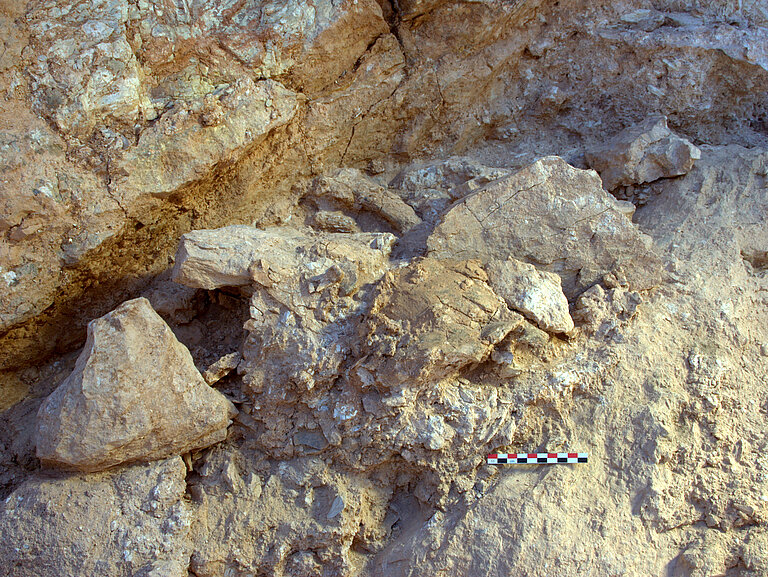
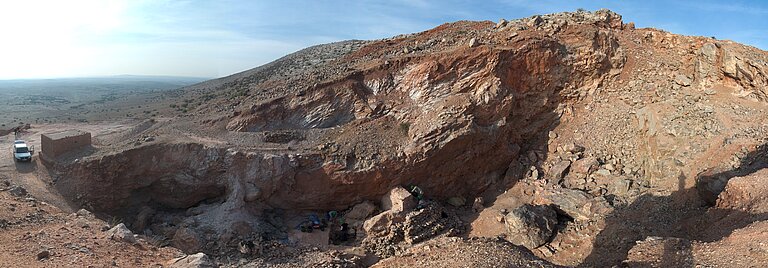


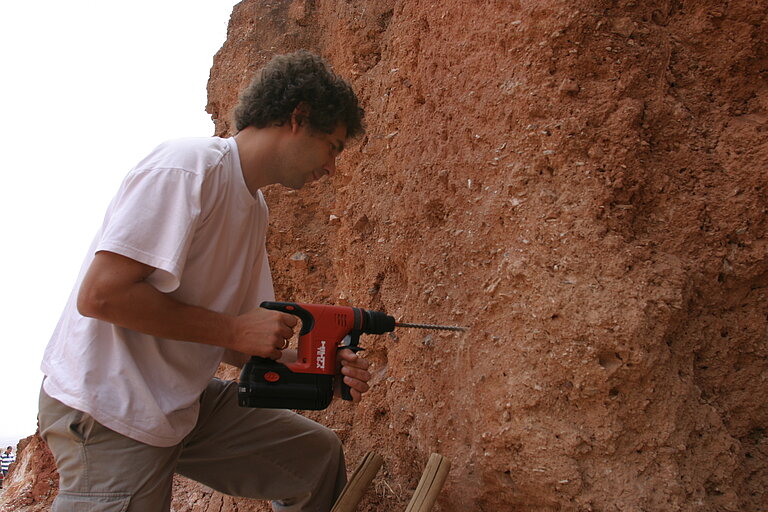
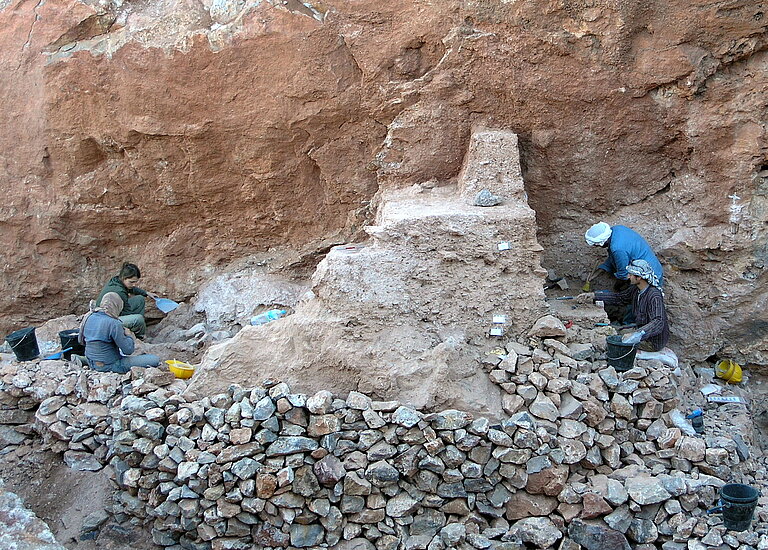
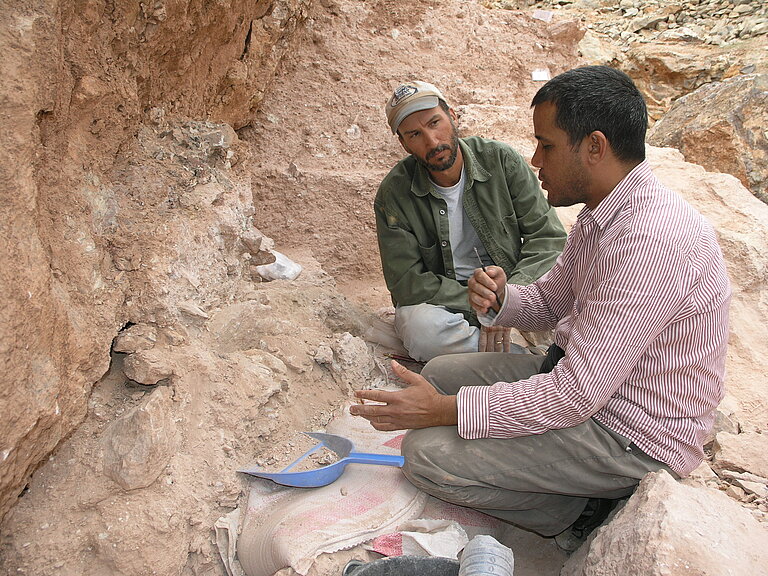
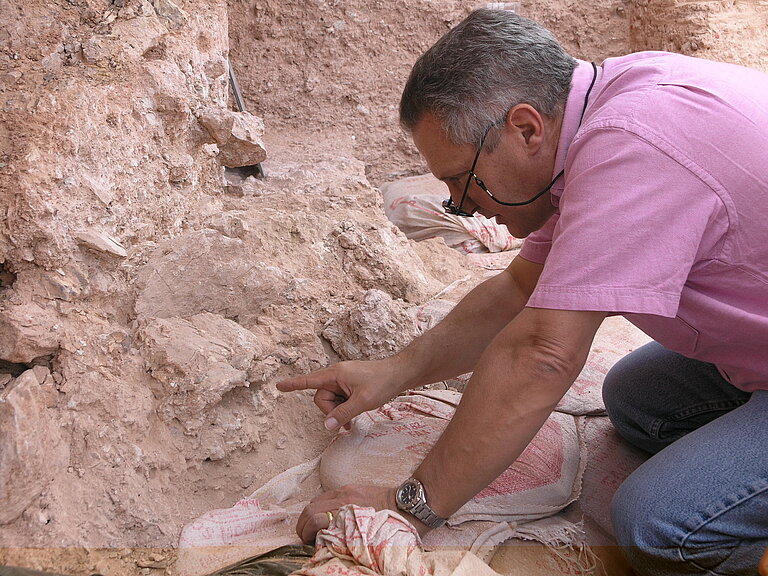
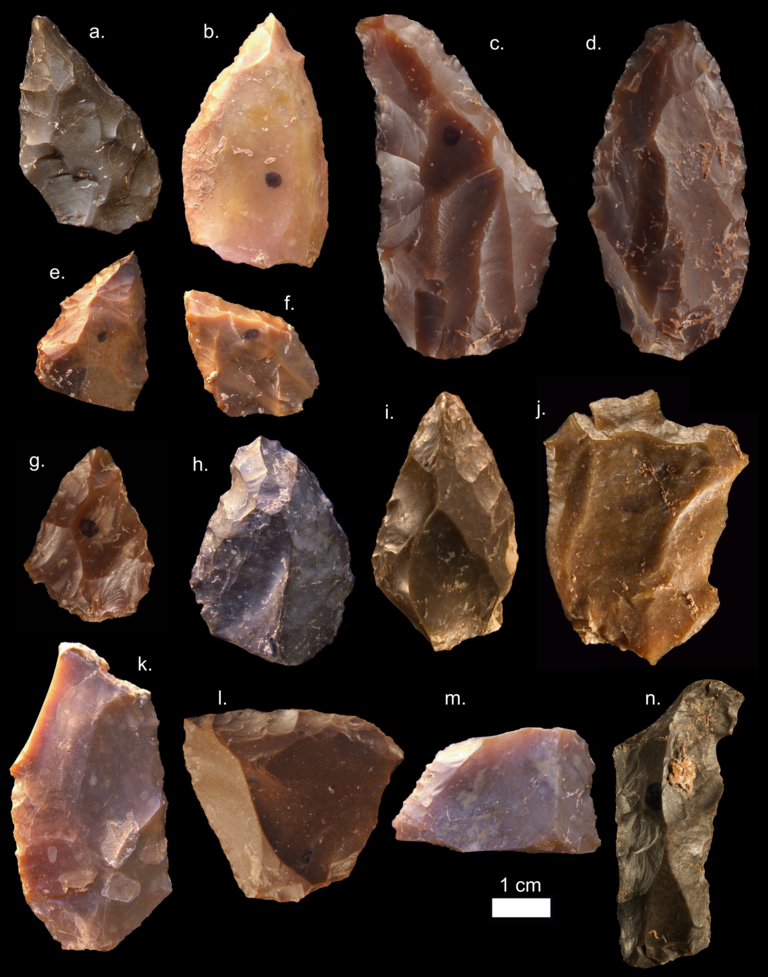
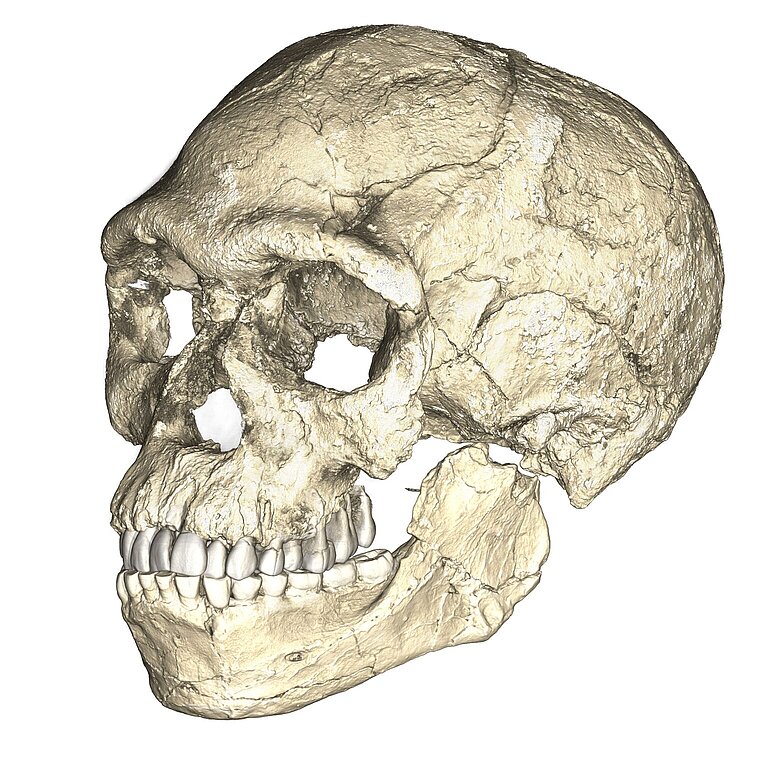
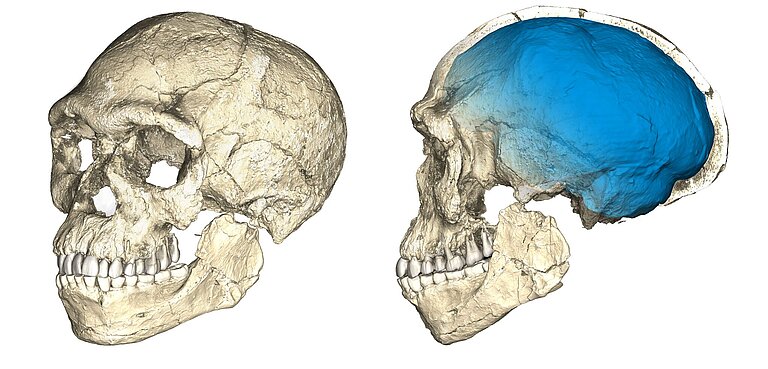
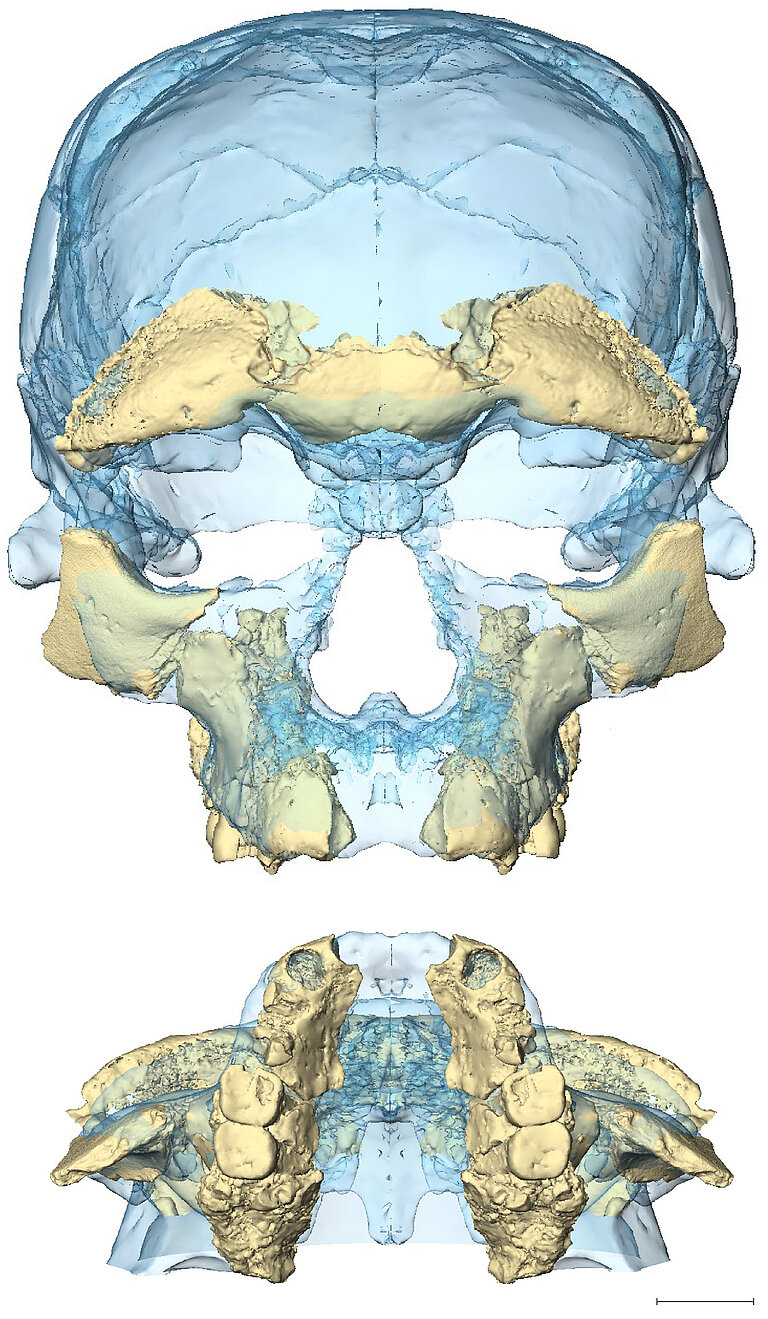
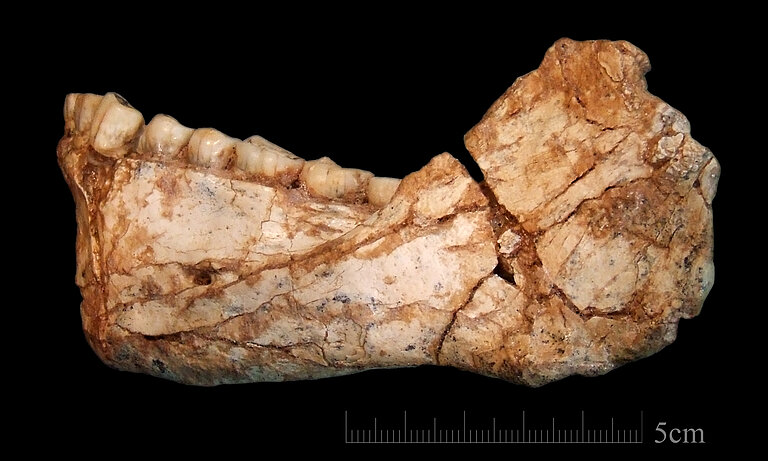
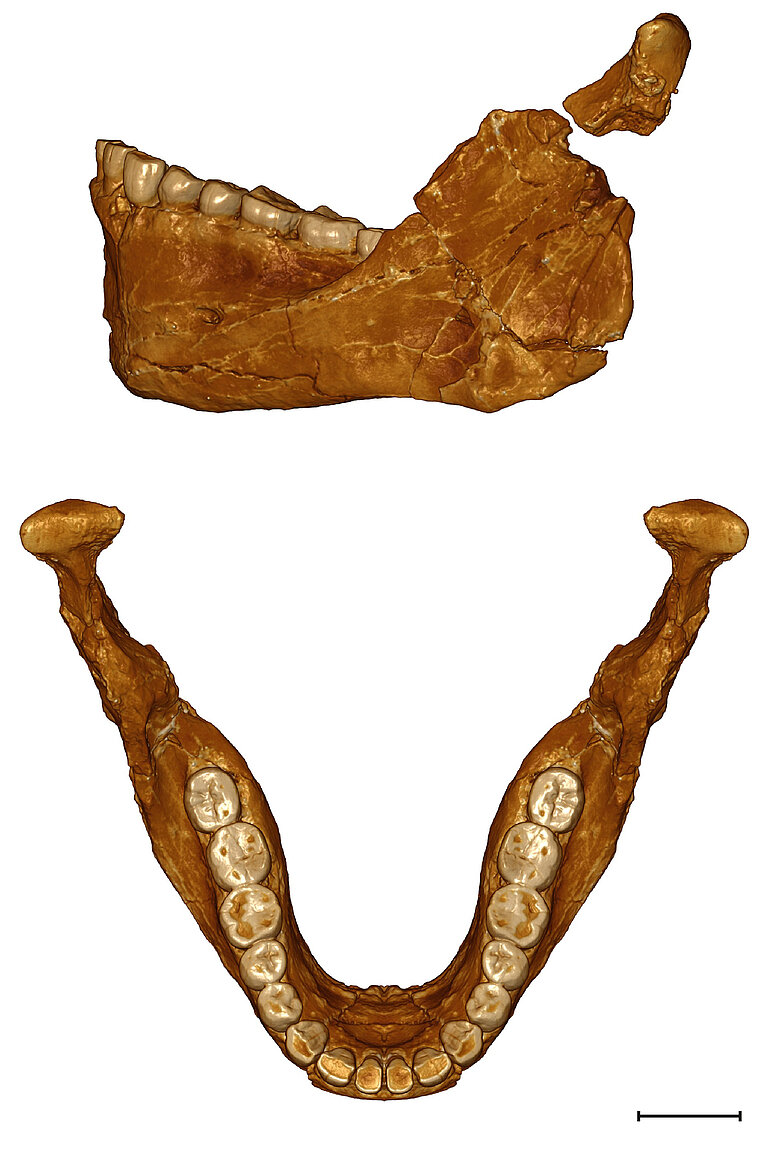
Videos
The first of our kind. Composite reconstruction of the earliest known Homo sapiens fossils from Jebel Irhoud (Morocco) based on micro computed tomographic scans of multiple original fossils. Dated to 300 thousand years ago these early Homo sapiens already have a modern-looking face that falls within the variation of humans living today. However, the archaic-looking virtual imprint of the braincase (blue) indicates that brain shape, and possibly brain function, evolved within the Homo sapiens lineage.
(Picture credit: Philipp Gunz, MPI EVA Leipzig, License: CC-BY-SA 2.0)
Download Video here (Right click Save as)
The first of our kind. Virtual palaeoanthropology is able to correct distortions and fragmentations of fossil specimens. This reconstruction of the Irhoud 11 mandible allows its comparison with archaic hominins, such as Neandertals, as well as with early forms of anatomically modern Humans.
(Picture credit: Jean-Jacques Hublin, MPI EVA Leipzig)
Download Video here (Right click Save as)
Part 1: CT scan of a child’s mandible from Jebel Irhoud. Jean-Jacques Hublin explains that the Jebel Irhoud child was approximately 7.5-8 years old, based on dental microstructure analyses. Part 2: Reconstruction of a human skull from Jebel Irhoud. In the MPI EVA's 3 D laboratory Jean-Jacques Hublin and Philipp Gunz discuss the shape of the skull and its brain. The internal cavity of the skull shows that this brain was rather large, but quite different in shape from that of extant humans.
(Picture credit: MPI EVA Leipzig)
Download Video here (Right click Save as)